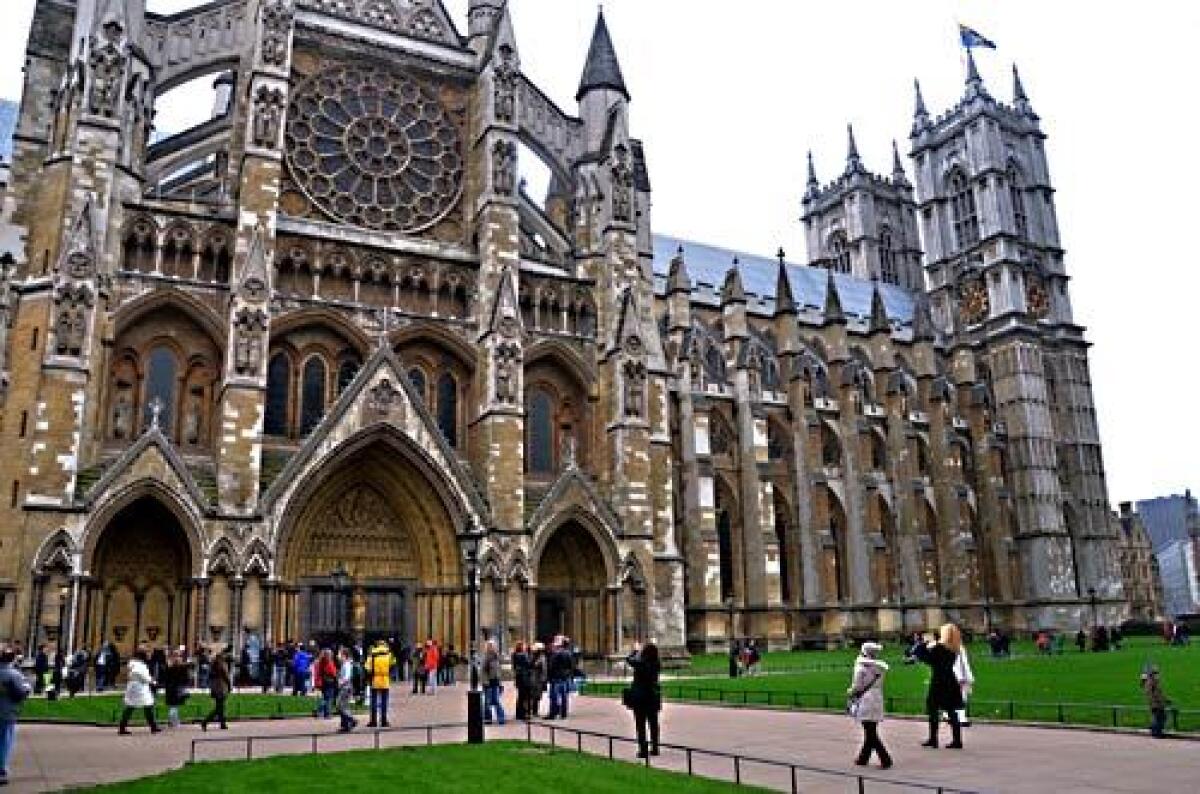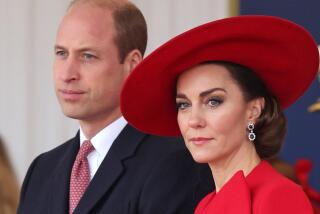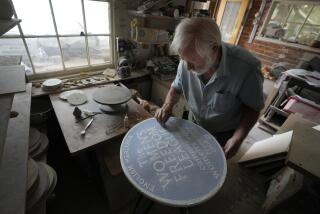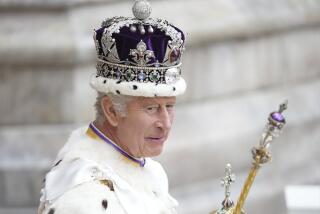Royal ‘I dos’ and more at Westminster Abbey

The bride was beautiful. The groom was a handsome prince. Two billion people around the world watched the wedding ceremony performed in April in Westminster Abbey.
I was one of them. Even though my London flat is around the corner from the abbey, my best view was on TV. Once the big day was over, though, I was prompted to take a more up-close look at my legendary neighbor.
I began at the western door, whose twin-towered facade is the postcard image of Westminster Abbey — ironic, because the towers are much newer than the rest of the gothic structure. The original abbey was consecrated in 1065. Henry III began building the present church in 1245, but the towers weren’t finished until 1745. If you look up above the western door, there are 10 statues of Christian martyrs, which also appear to be ancient. In fact, they are all 20th century figures (the Rev. Martin Luther King Jr. is among them). These statues were carved in the 1990s in the medieval tradition. The abbey used its own craftsmen for the work.
Only brides can enter the abbey through the great western door, so I had to go to the northern side and wait in line with the other tourists. My admission ticket, about $25, included an audio guide narrated by Jeremy Irons that offered an efficient survey of what makes the abbey unique — its historic role as Britain’s “state church,” embodied in the tombs of Tudor monarchs from Henry VII to Elizabeth I, and the famous Poets’ Corner, which memorializes British greats such as Shakespeare and D.H. Lawrence (neither of whom is actually buried here). But I was in search of a different experience. Switching off Irons’ sonorous tones, I hurried to just inside the western door in order to re-create Catherine Middleton’s long bridal walk in April. From here, the nave does indeed look terrifyingly long (166 feet) and high (150 feet).
The first chapel on the right is used as a work space for the restoration of the Coronation Chair. Despite the restoration, the chair remains a battered old thing etched with graffiti and with a void under the seat. The void is meant to be filled by the Stone of Scone. The stone, which is said to be the pillow Jacob slept on when he had his vision, was the property of Scotland until Edward I brought it to Westminster in 1296, where it remained for the next 700 years as a much-resented (by the Scots) symbol of English domination. In the 1990s, then-British Prime Minister John Major returned the stone to Scotland on condition that it be made available when needed — perhaps Queen Elizabeth’s Diamond Jubilee in June or Prince William’s eventual coronation.
Throughout my visit to the abbey, I found myself stepping on the graves of the famous and the forgotten. However, no one walks on the grand black and gold 1920 memorial to all those killed in combat, which is protected by a ring of bright poppies. The late queen mother laid her wedding bouquet on the tomb as she left the abbey after her marriage to the future King George VI. (Catherine sent hers around the next day.)
When I finally reached the altar, I found myself in front of the abbey’s greatest treasure — the 1268 Cosmati pavement. For the last 150 years, this magical floor of swirling arcs and large circles had been protected by thick carpet, unseen and virtually forgotten. The wedding of William and Catherine marked its comeback, following a restoration supported by the Getty Foundation.
The Cosmati was a Roman family, working in the 12th and 13th centuries, that gave its name to inlaid stone floors of fantastic complexity and beauty. Most of its floors are in Italy, but workers did come to London laden with precious stones to teach Cosmati techniques to the English.
The biggest circle in the pavement is made of onyx. This is the center of the abbey, where the Coronation Chair would await a monarch to be crowned. It is surrounded by a square with each corner pointing north, south, etc. Catherine and William knelt on the floor, stood on the floor and the entire wedding party later walked across the pavement in high heels and hard shoes. I was horrified, but the abbey’s head conservator, Vanessa Simoni, said she took it calmly. “We knew it would be used. I can honestly say that there was absolutely no damage to the pavement. It is testament to the great skill and experience of the conservators … that it can withstand high heels and metal caps”
Following the ceremony, the wedding party squeezed into the sanctuary of Edward the Confessor, the only English king who is also a saint. This has been the abbey’s holiest area since the 13th century, a church within a church usually closed to the public. By walking behind the altar, I could glimpse the shrine through gaps between the tombs of Edward the Confessor and Henry III that once were covered with glass and stone Cosmati work. Pilgrims picked off most of it over the centuries. All that remains are corners that glitter out of reach of pilgrims’ fingers.
I was able to slip out a side door, unlike the newly titled Duke and Duchess of Cambridge. I wanted to visit my favorite part of the abbey: the cloisters and the garden. I often just visit the cloisters, using the entrance in the corner of Dean’s Yard. Unlike the abbey itself, it’s free to walk here, though I’ve been turned away on occasion by one of the abbey’s notoriously bullish red-robed wardens.
I didn’t know the gardens existed until I read “The Da Vinci Code.” You can find them by taking the low, dark passage past a small museum, housed in the remnants of the 1065 abbey, and through a small door that opens into a cloister with a fountain in the middle. Off to the right is an enormous green space with trees, flower beds and a lawn.
As I sat on a bench in this tranquil oasis in the center of the city, I read some notes I’d made while studying the Cosmati floor. It’s the only one in the world with an inscription; some of the brass letters have disappeared over the centuries, but the sense is known. First is a date and the name of the artist, then a complicated formula for calculating the end of the world. “A hedge (lives for) three years, add dogs and horses and men, stags and ravens, eagles, enormous whales: each one following triples the years of the one before.”
The answer, apparently, is 196,083 — so nothing to worry about just yet.
More to Read
Sign up for The Wild
We’ll help you find the best places to hike, bike and run, as well as the perfect silent spots for meditation and yoga.
You may occasionally receive promotional content from the Los Angeles Times.






